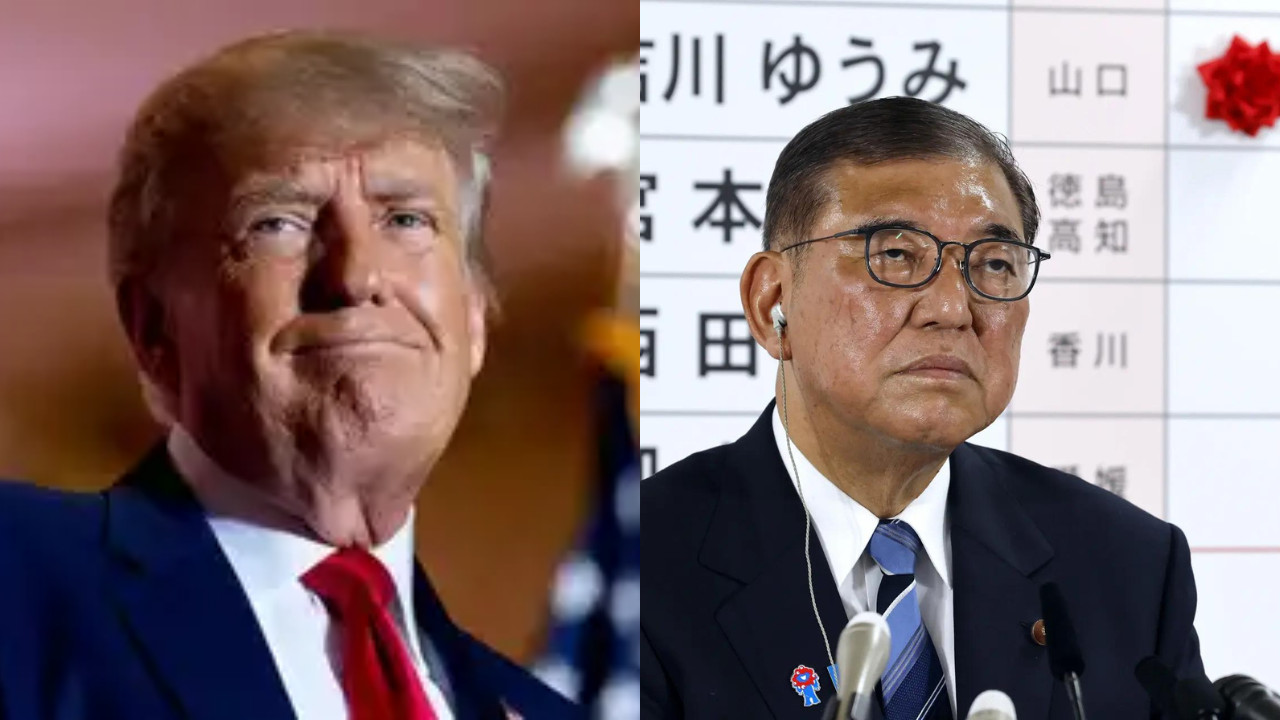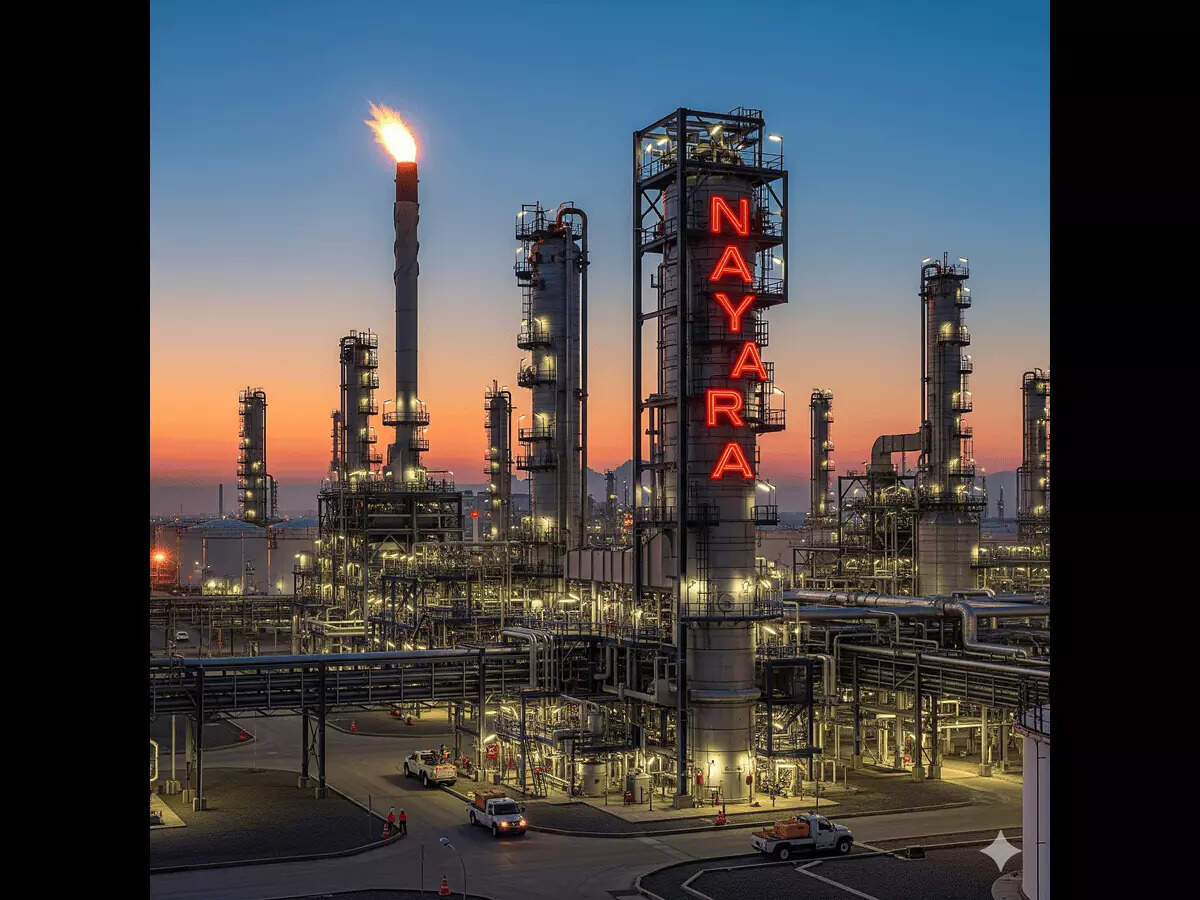Donald Trump declared the completion of a significant trade agreement with Japan, averting a threatened 25% tariff. The deal includes a 15% American tariff on Japanese imports and a $550 billion Japanese investment in the U.S., purportedly generating numerous jobs. Japan will also open its markets to American cars, trucks, rice, and other agricultural products, subject to reciprocal 15% tariffs.
A New Era of Trade: Trump’s Japan Deal Promises Big Changes
Donald Trump has never been one for subtle pronouncements, and his recent announcement concerning trade with Japan was no exception. In a move that promises to reshape economic ties between the two nations, Trump declared a massive trade deal, outlining reciprocal tariffs and a staggering $550 billion investment pledge. But what does this all mean, and who really benefits? Let’s dive in.
Reciprocal Tariffs: A Two-Way Street?
The core of Trump’s announcement revolves around what he terms “reciprocal tariffs.” The idea, in theory, is simple: if Japan imposes a tariff on certain American goods, the US will levy a similar tariff on corresponding Japanese products. Trump framed this as a move toward fairness and leveling the playing field, ensuring that American businesses aren’t unfairly disadvantaged in the Japanese market. He stated the tariff rate would be 15%. But the devil, as always, is in the details.
While the concept of reciprocity sounds appealing, its practical application is complex. Trade relationships are rarely symmetrical. Different industries in each country have varying sensitivities to tariffs, and the impact on consumers can be significant. Whether these reciprocal tariffs truly create a level playing field or simply spark a trade war remains a question mark. It will be critical to see how these tariffs are implemented and what products they ultimately affect.
A $550 Billion Investment: Where Will the Money Go?
Perhaps the most eye-catching part of Trump’s announcement was the pledge of a $550 billion investment in the United States. This massive influx of capital, Trump claims, will stimulate economic growth, create jobs, and bolster key industries. The sheer size of the investment is undeniably impressive, but questions linger about its specifics.
Where exactly will this money be directed? Will it focus on manufacturing, technology, infrastructure, or a combination of sectors? The details are crucial for understanding the true impact of this investment. Some speculate that a large portion will go towards bolstering American manufacturing, particularly in sectors like automobiles and electronics, potentially revitalizing these industries. 
“90% of the Profits”: A Bold Claim
Trump’s most audacious claim, and perhaps the most controversial, was that the United States would receive “90% of the profits” from this new trade arrangement. This statement raises immediate questions about how such a division of profits would be calculated and enforced. Trade deals are typically structured around tariffs, quotas, and regulatory standards, not a direct allocation of profits.
Economists and trade analysts are already scrutinizing this claim, questioning its feasibility and potential implications. Is this a literal interpretation, or a figurative expression of expected economic gains for the US? Clarity is certainly needed to understand the true mechanics of this agreement and how profits will be distributed.
What This Means for the Average American
So, beyond the headline-grabbing numbers and bold pronouncements, how will this trade deal affect the average American? The answer is nuanced and depends on a variety of factors.
* Potential Job Creation: The $550 billion investment, if strategically directed, could lead to new job opportunities in manufacturing, technology, and related industries. This would be a welcome development for communities struggling with unemployment and economic stagnation.
* Price Fluctuations: The reciprocal tariffs could lead to price increases on imported goods from Japan, potentially impacting consumers who rely on these products. Conversely, American-made goods could become more competitive in the Japanese market, potentially boosting sales and benefiting US businesses.
* Economic Growth: A successful trade deal could stimulate economic growth in both the US and Japan, benefiting businesses and consumers alike. However, a poorly implemented agreement could lead to trade disputes and economic instability.
A Cautious Optimism
While Trump’s announcement has generated considerable excitement, it’s important to approach this new trade deal with cautious optimism. The details are still emerging, and the long-term consequences remain to be seen. It’s crucial to monitor the implementation of the reciprocal tariffs and the allocation of the $550 billion investment to fully understand the impact of this agreement. It also has a global ripple effect. For instance, this potential deal would likely affect US relationships with other trading partners in Asia, and this could change the landscape of trade with South Korea. You might find this article about the broader implications of US Trade policy useful.
This trade deal represents a significant shift in US-Japan economic relations, and its success will depend on careful negotiation, strategic implementation, and a commitment to fair and equitable trade practices.





